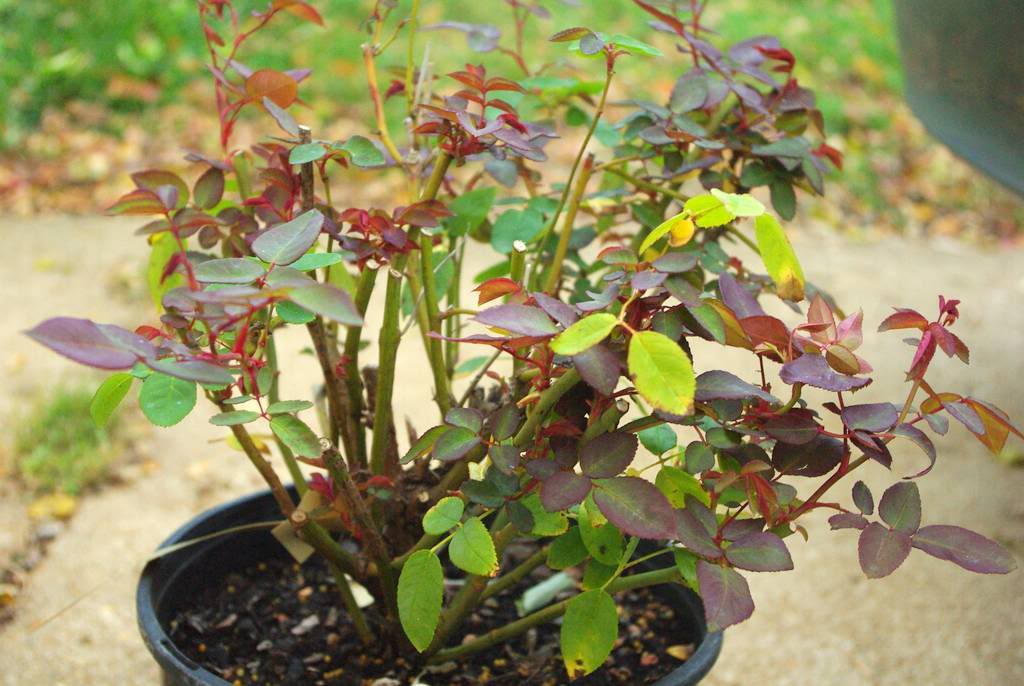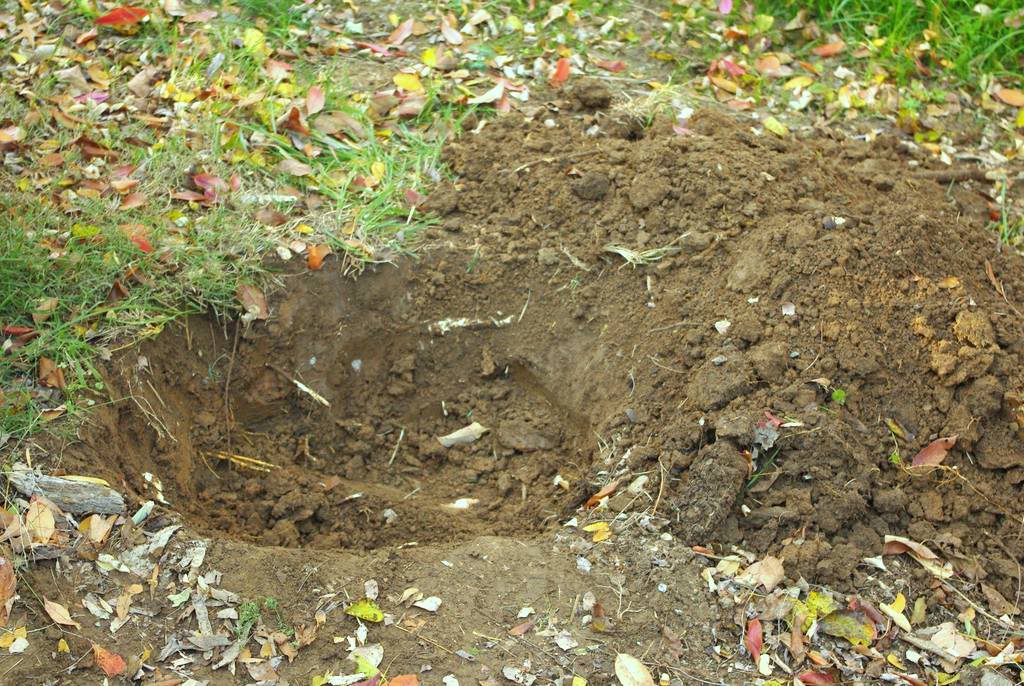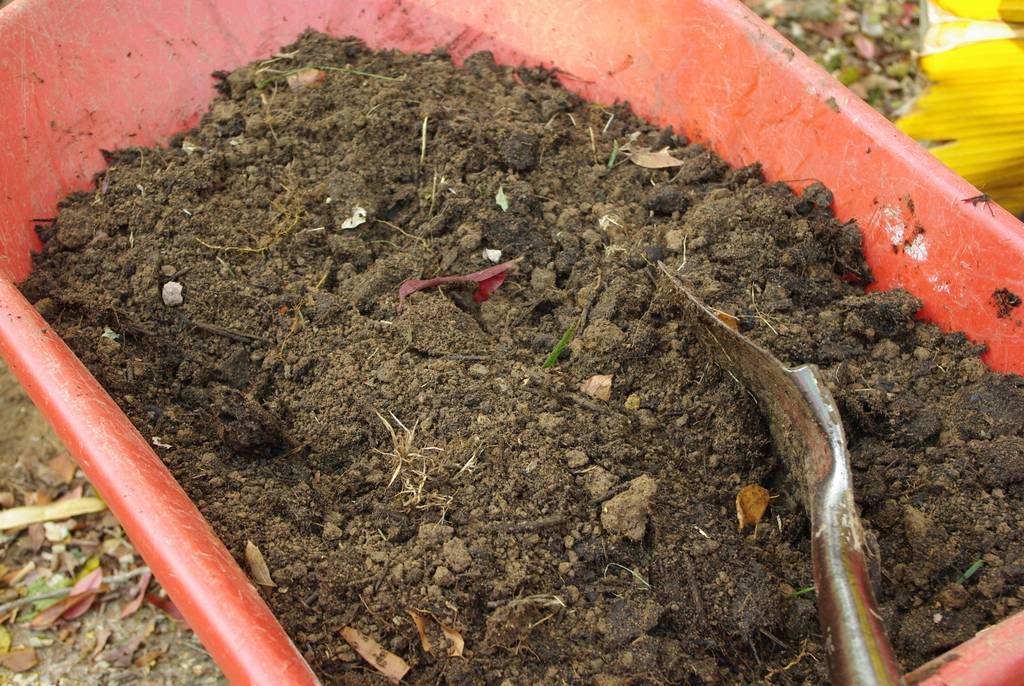Guess what today's post is about? I picked up a bargain rose this weekend, and decided that the bed next to my driveway was the right home for it.
I'll talk more about the variety of rose I chose later, but let's first take a look at where it's going.
If you remember, the bed along my driveway is only a year old. I created it last fall and filled with lots of spring-blooming bulbs. Then I planted lots of annuals after the bulbs had finished putting on their show.
Since I put some large plants in here (Senna alata, castor bean) it really has more impact right now than it ever has:
I really like the "hedge" it creates here, and although I want to keep this primarily for annuals, I have considered adding a permanent "anchor" plant -- and that plant is the rose!
These potted tropicals are looking rough after barely touching freezing a couple weeks ago:
They're right in the rose's new home, so out they go.
What was under the pot? Pill bugs of course!
They love it in this part of my garden. Does anything eat these pests?
Before digging a hole, let's talk about the plant. You have to know the mature size of the plant before you put it into the ground, right?
Let's just say that the mature size of this one is big. Very big.
It's the old-fashioned climbing rose 'Zephirine Drouhin', and it can get 15 to 20 feet tall. I'm going to have to build a trellis of some sort over here for it, but even then I can't let it get that big.
I've considered trying this rose before, as it's thornless and very fragrant, but with so many rose choices I just never made it happen.
Thank you fall clearance sales, as you helped me make up my mind! The price for this 3-gallon rose? Only $5. Amazing.
So it's time to dig the planting hole, and I remember from reading an article in Fine Gardening magazine several years ago that you want to dig it as big as possible, and fill with lots of really nice stuff -- my heavy clay soil would not be the best choice.
I went as big and as deep as I could, as there are lots of tree roots over here.
The second trick I remember from that same article was...
Put a couple of cups of dry dog food into the bottom of the hole!
If I'm remembering right, this will attract worms like crazy, will decompose during the first year or so and give the plant a boost once its roots make it down here (you cover the dog food with some soil). Can't hurt, right?
I added lots of manure to the soil that I removed from the hole:
So the rose is in. It's deceptively unassuming right now, isn't it?
I should point out that even though this is an annual bed, there are some perennial Agastache volunteers that have seeded here, seen to the left of the black pot.
I'll keep them for now as I love this genus almost as much as the bees do, but I'll reserve the right to yank them out (or transplant them) next year. Besides, one of them looks unique with slightly different leaves and flowers, and might be worth keeping around:
So I've got a wonderful new "anchor" plant in this new bed. Last year at this time there was nothing but weedy lawn here -- I can't even remember what that was like.
This rose should really be something in a couple of years -- I'm excited! I wonder what to expect next year?
.

















I'm excited about your rose too. Let it grow!
ReplyDeleteI'm not a fan of roses but a fragrant climber sounds good. The dog food tip is cool; I've never heard of it but it makes total sense. Will give it a try!
ReplyDeleteLove the dog food trick
ReplyDeleteI'll have to try that.
Thank you for sharing another wonderful post
What a great trick with the dog food pellets. Nice that is is a thornless variety. Looks happy in its new home!
ReplyDeleteWith your construction talents, I know you will have a beautiful structure for it to grow upon. This is a rose that wants a winter chill to do its best, so what damages your tropicals will benefit the rose.
ReplyDelete